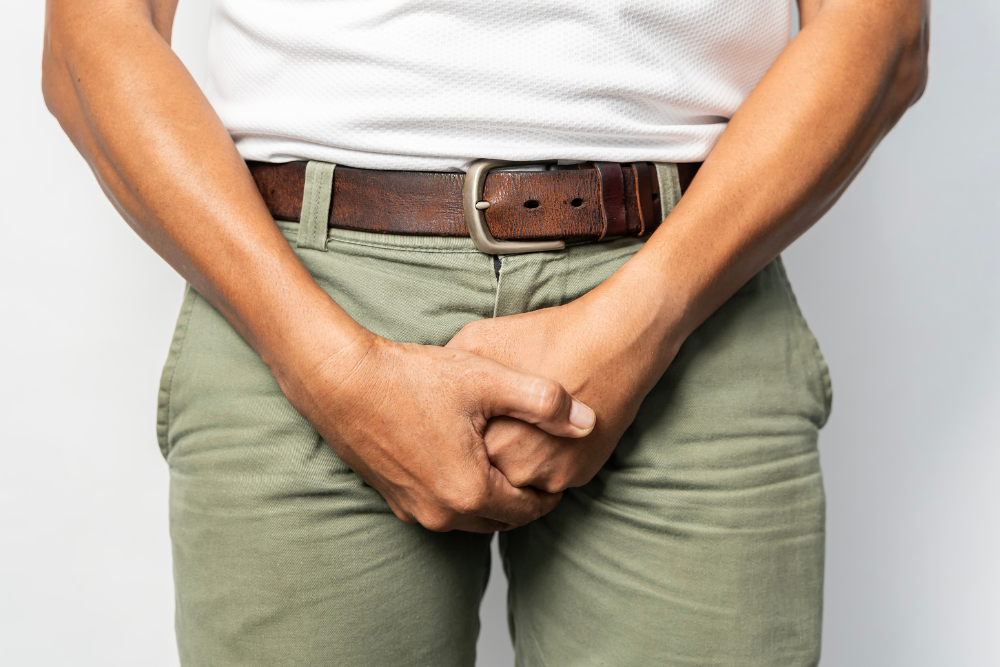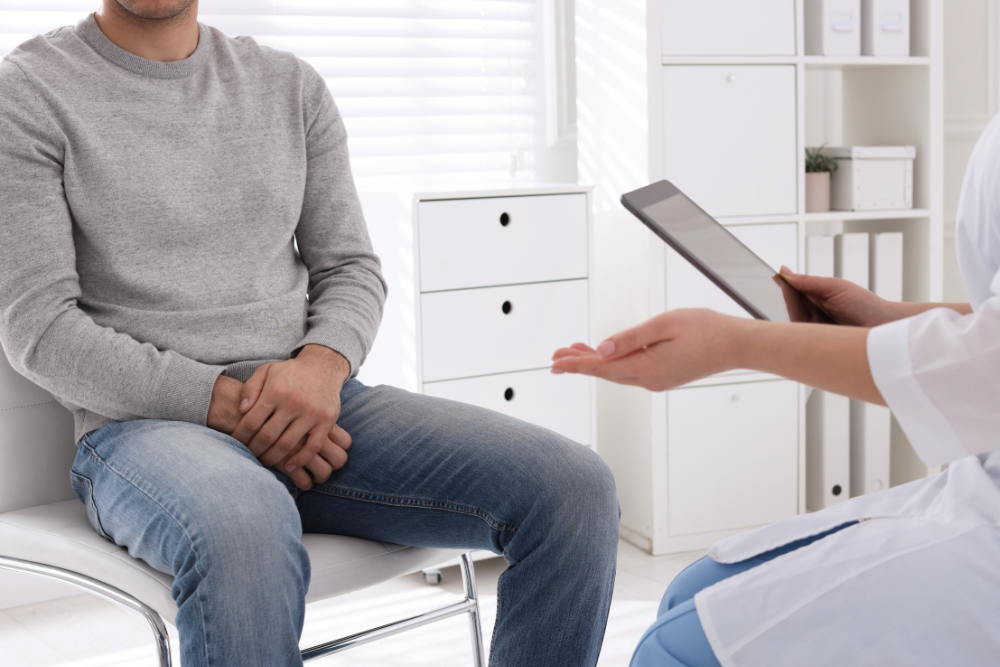Often associated with women, thrush or candidiasis is a condition that can affect men as well. This article looks into the causes, symptoms, and treatment options for thrush in men. We explore how lifestyle factors and medical conditions contribute to the risk of developing this male yeast infection and offer practical advice for prevention and management. Stay informed and proactive about your health by understanding the realities of male thrush.
What Causes Male Yeast Infections?
Thrush, primarily caused by the fungus Candida, is common because many people naturally harbour small amounts of this yeast on their skin and within their bodies. Normally, your immune system and beneficial bacteria maintain a balance that keeps Candida in check. However, when this balance is disrupted—such as through skin irritation, antibiotic use, or health conditions like poorly managed diabetes—the yeast can overgrow, leading to thrush symptoms.
Although Candida can be transferred during sexual activity, it is not classified as a sexually transmitted infection (STI). Instead, the overgrowth is typically due to internal factors that allow the yeast to thrive unchecked. Maintaining a healthy immune system and managing any underlying health conditions can help reduce the risk of developing thrush.¹

Common Thrush Symptoms in Men
Yeast infections in men can manifest through various symptoms, which are important to recognise for prompt treatment. Here are the most common symptoms of male genital thrush:
Itching and Skin Irritation: One of the most common symptoms of thrush in men is an itchy feeling around the penis or groin area.
Redness and Swelling: The tip of the penis (glans) may become red, swollen, or sore, especially in uncircumcised men.
Rash: A red rash may develop on the penis, particularly around the foreskin in uncircumcised men. This rash is often accompanied by itching.
Discharge: A clumpy, white or yellow discharge (resembling cottage cheese) might be present under the foreskin or around the penis.
Burning Sensation: Men may experience a burning sensation during urination or while engaging in sexual intercourse.
Odour: An unusual odour may be noticeable from the affected area.
Painful Intercourse: Pain or discomfort during sexual intercourse is another possible symptom of thrush in men.¹
Recognising these symptoms early can lead to more effective treatment and reduce the risk of complications. If you experience these symptoms, consult a healthcare professional to get thrush diagnosed.

Treating Genital Thrush in Men?
Dealing with thrush on your penis can be uncomfortable, but you can take several steps to manage and eliminate the infection effectively:
Stay Clean and Dry
Gently clean the affected area daily, preferably in the shower. After washing, pat the area dry with a soft towel to avoid irritation and reduce moisture, which can help prevent the fungus from thriving.
Ditch the Irritants
Avoid using harsh soaps, sprays, or gels on the infected area, as these can worsen irritation. Stick to gentle, unscented products to keep the area clean.
Keep Things Personal
Use your own towels and don’t share them with others to avoid spreading the infection.
Comfort is Key
Wear loose-fitting cotton underwear to keep your genital area dry and cool. Tight clothing can trap moisture and create an environment where the fungus can grow.
Use Anti-Fungal Treatments
Talk to your doctor or pharmacist about anti-fungal creams. Apply the cream to your genital area, making sure to cover the entire affected area. Follow the instructions on the package for the best results. Your doctor might also prescribe a single-dose oral medication.¹
Remember, if symptoms persist or recur, it’s important to see your doctor for further evaluation and treatment options. Taking these steps can help you get back to feeling comfortable and healthy.

Preventing Male Yeast Infections
Preventing yeast infections in men involves lifestyle and hygiene practices that help maintain a healthy balance of bacteria and fungi in the body. Here are some strategies:
- Maintain Good Hygiene: Regularly wash and thoroughly dry the genital area. Use mild, unscented soap and avoid aggressive scrubbing, which can irritate the skin.
- Wear Breathable Clothing: Choose underwear made from natural, breathable fabrics like cotton. Avoid tight-fitting pants or underwear that create a warm, moist environment conducive to yeast growth.
- Manage Diet: A balanced diet low in sugars and refined carbohydrates can help prevent the overgrowth of Candida. Including probiotic-rich foods can also support a healthy balance of bacteria in the body.
- Control Blood Sugar Levels: For those with diabetes, maintaining controlled blood sugar levels is crucial in preventing yeast infections.
- Avoid Unnecessary Antibiotics: Antibiotics can disrupt the natural balance of bacteria and yeast. Use them only when prescribed and necessary.
- Practise Safe Sex: While yeast infections are not considered sexually transmitted infections, they can be passed between sexual partners. Using condoms can reduce the risk of transmission.
- Dry Off Thoroughly: After swimming or showering, dry off completely, as yeast thrives in moist environments.
- Stress Management: High stress levels can affect the immune system, making you more susceptible to infections. Practice stress management techniques like meditation, yoga, or regular exercise.
Incorporating these practices into your daily routine can significantly reduce your risk of developing a yeast infection. Keep in mind that not all thrush infections can be prevented, no matter how hard you try.
Seeking Medical Advice for Thrush in Men
If you suspect you have symptoms of thrush, it’s important to seek medical advice promptly. A healthcare professional can accurately diagnose the condition, often with a simple physical examination. Discussing your symptoms and medical history with a doctor is essential, as they can rule out other conditions with similar symptoms.
Treatment for thrush is usually straightforward, but professional guidance ensures you receive the appropriate care and advice on preventing recurrence. Remember, self-diagnosis and treatment can lead to complications if the cause of thrush isn’t identified or if the infection is not fully treated.
Need treatment for thrush? Start your consultation with hub.health today and our team will assess your circumstances!
Sources
- Healthdirect Australia. Genital thrush in males [Internet]. Healthdirect Australia; 2023 [cited 2024 Jun 13]. Available from: https://www.healthdirect.gov.au/genital-thrush-in-males





